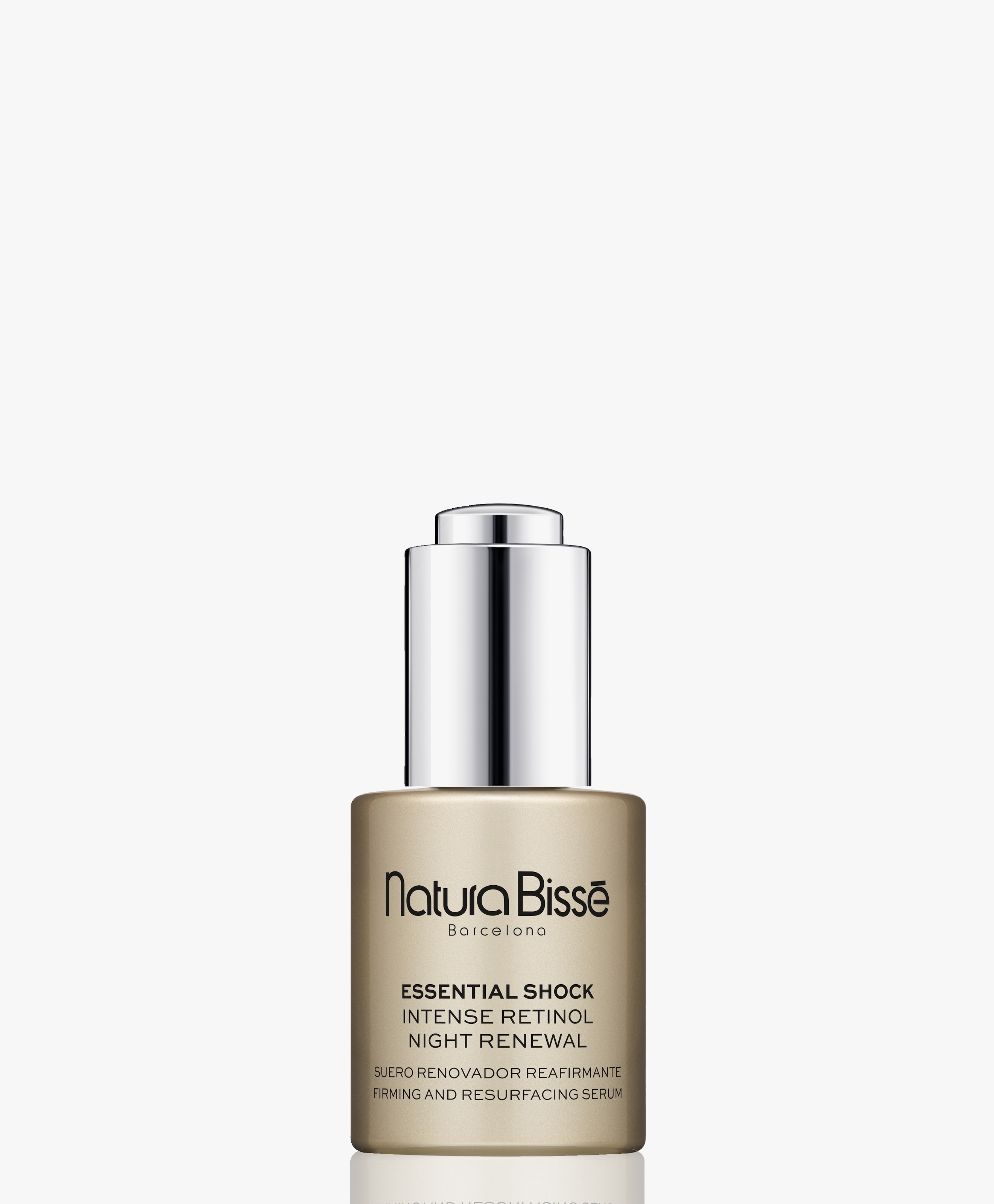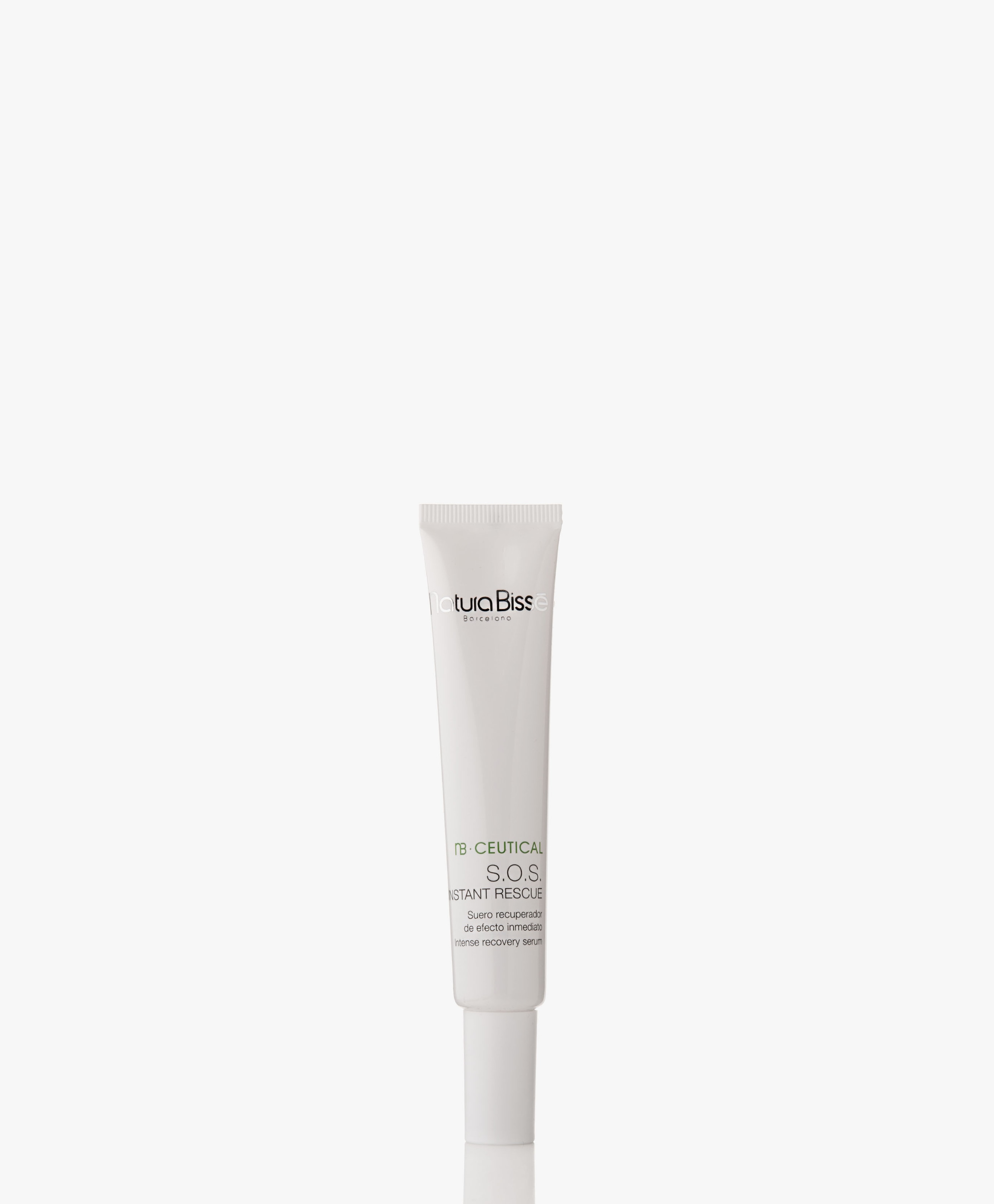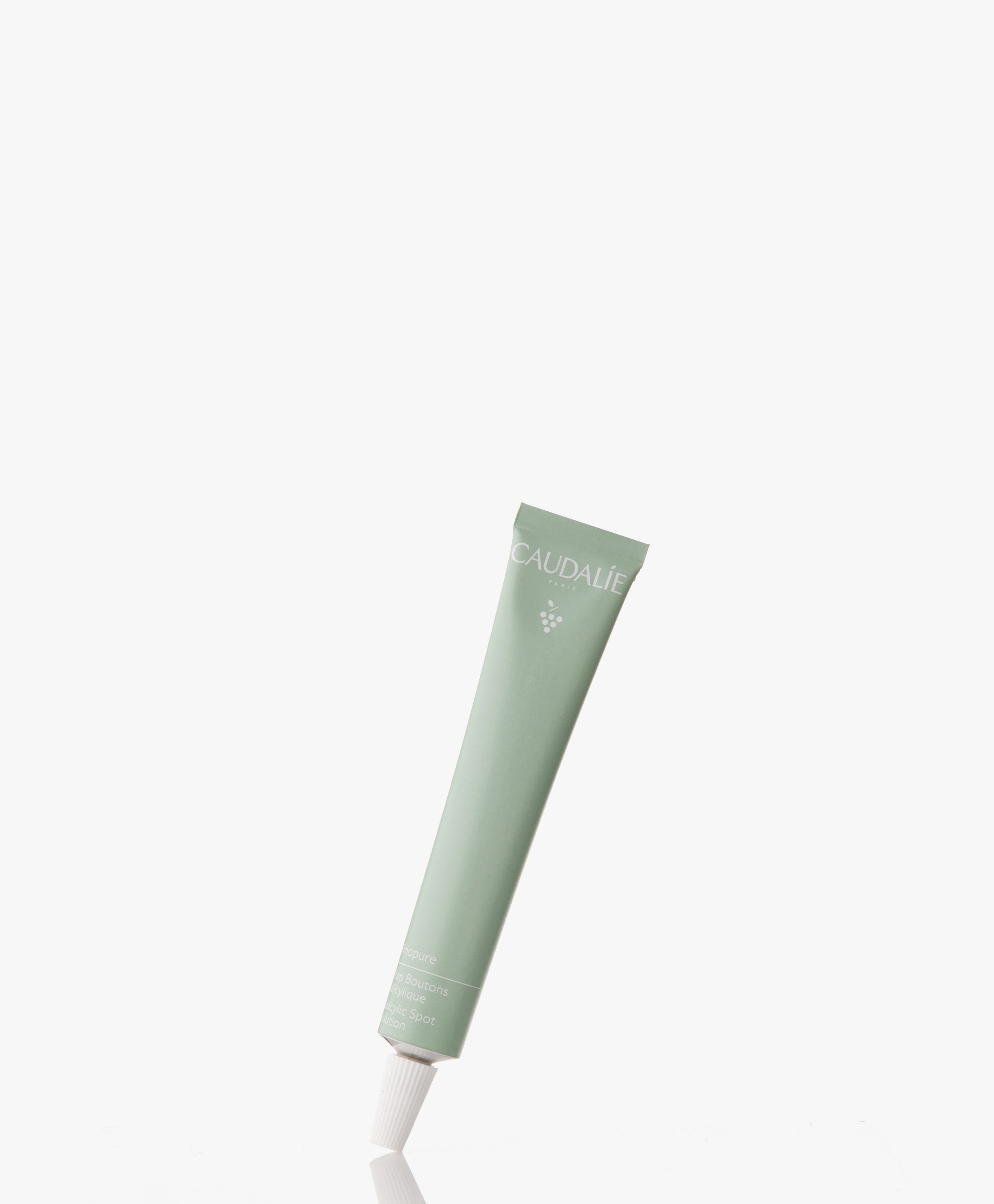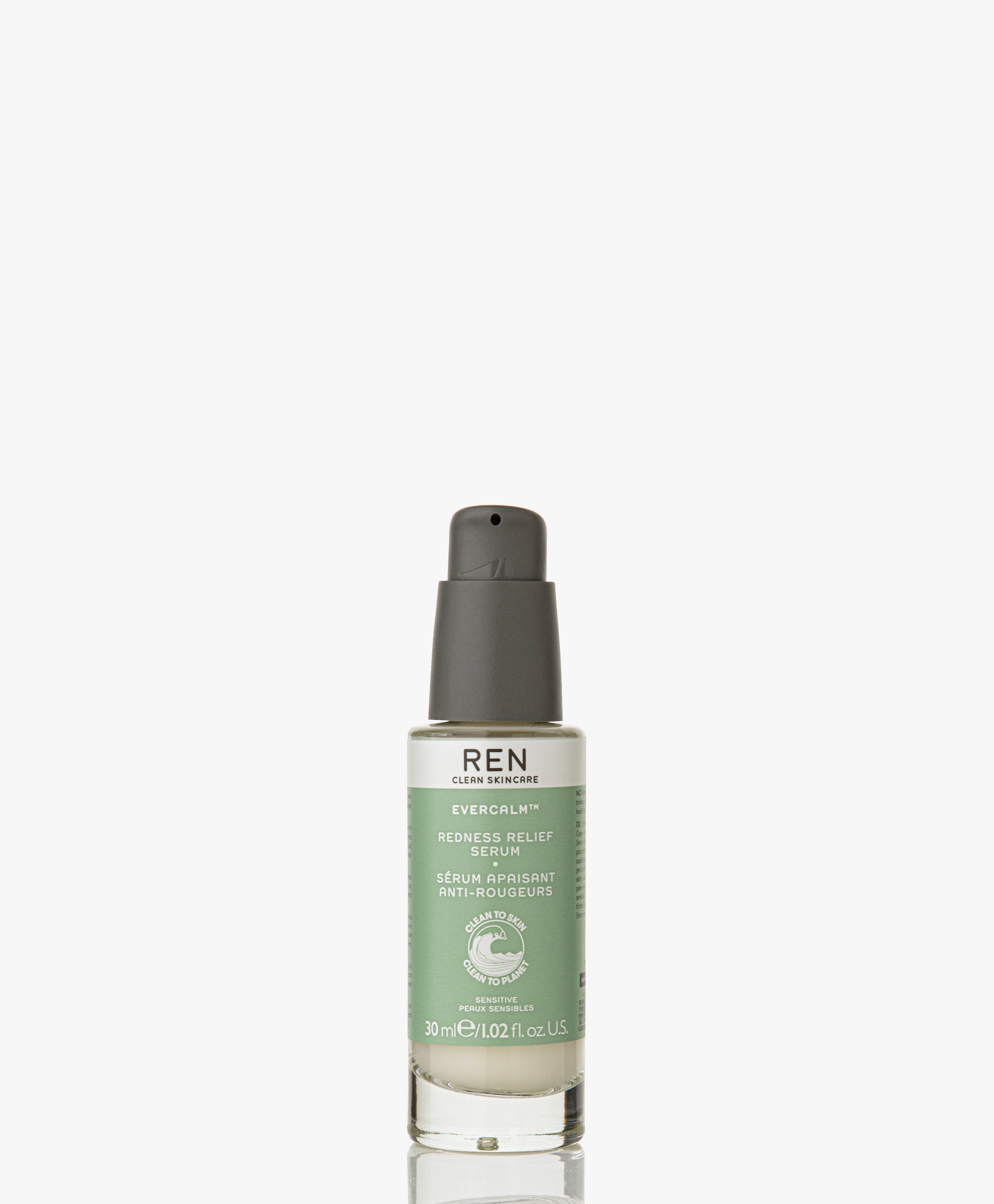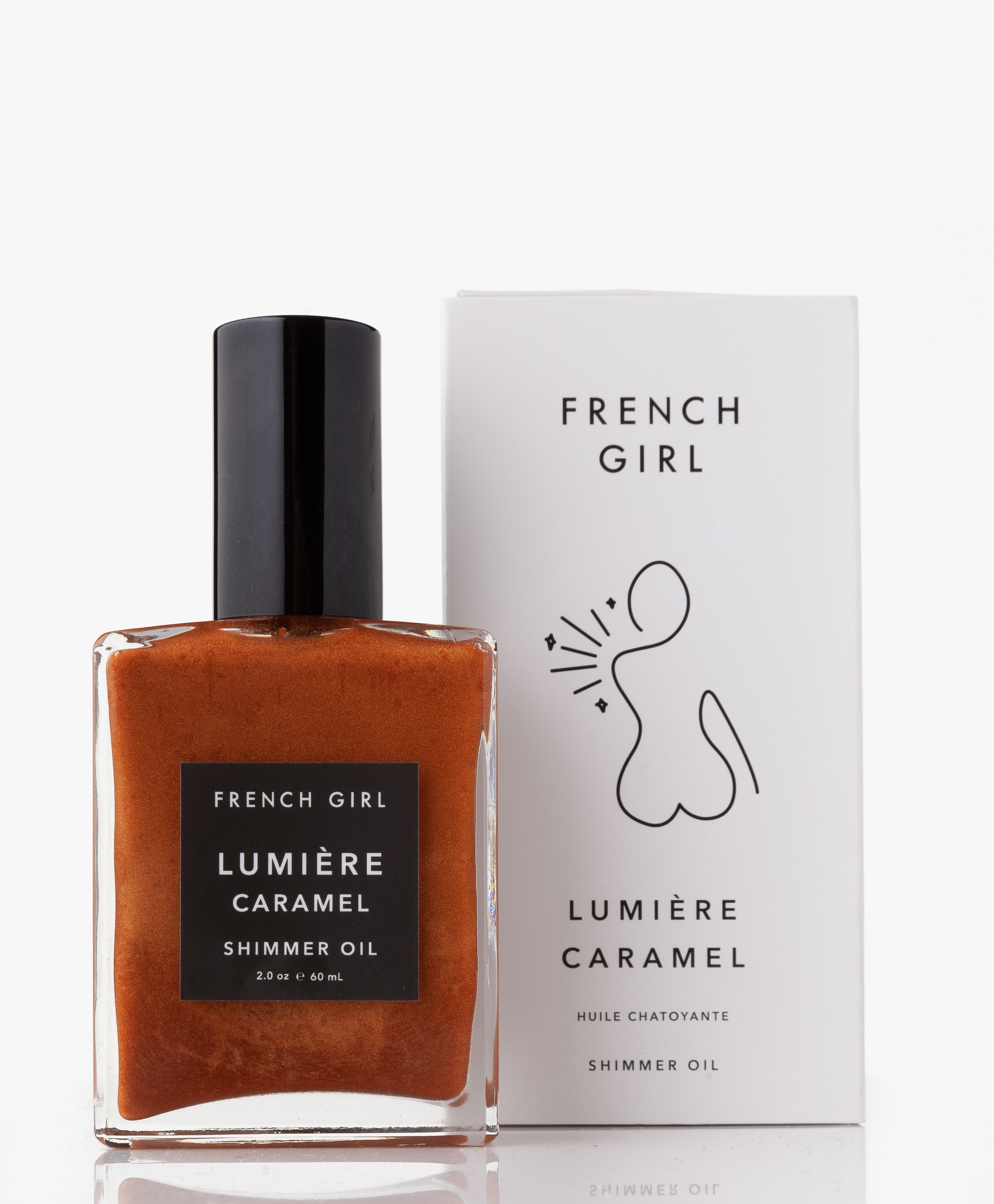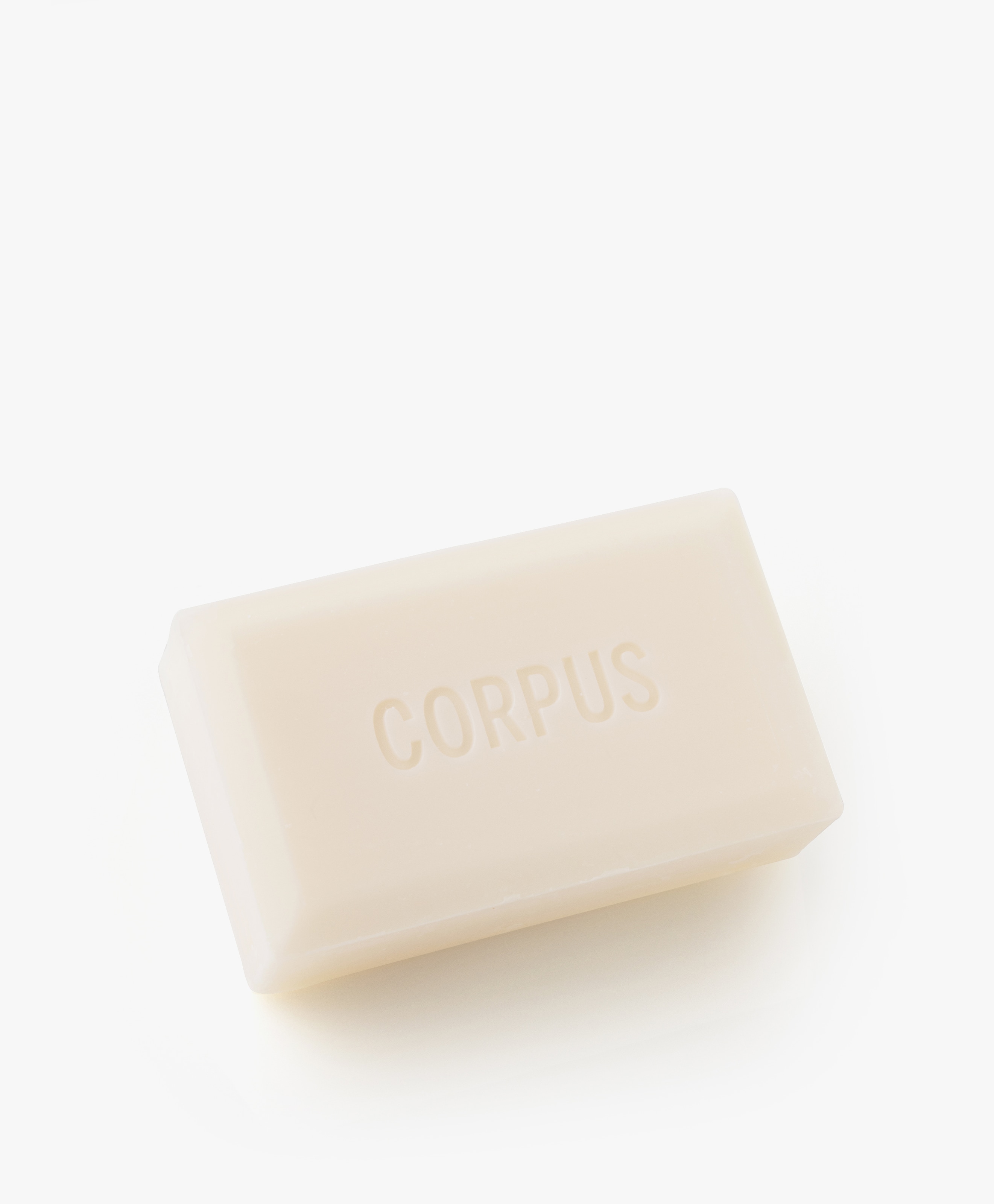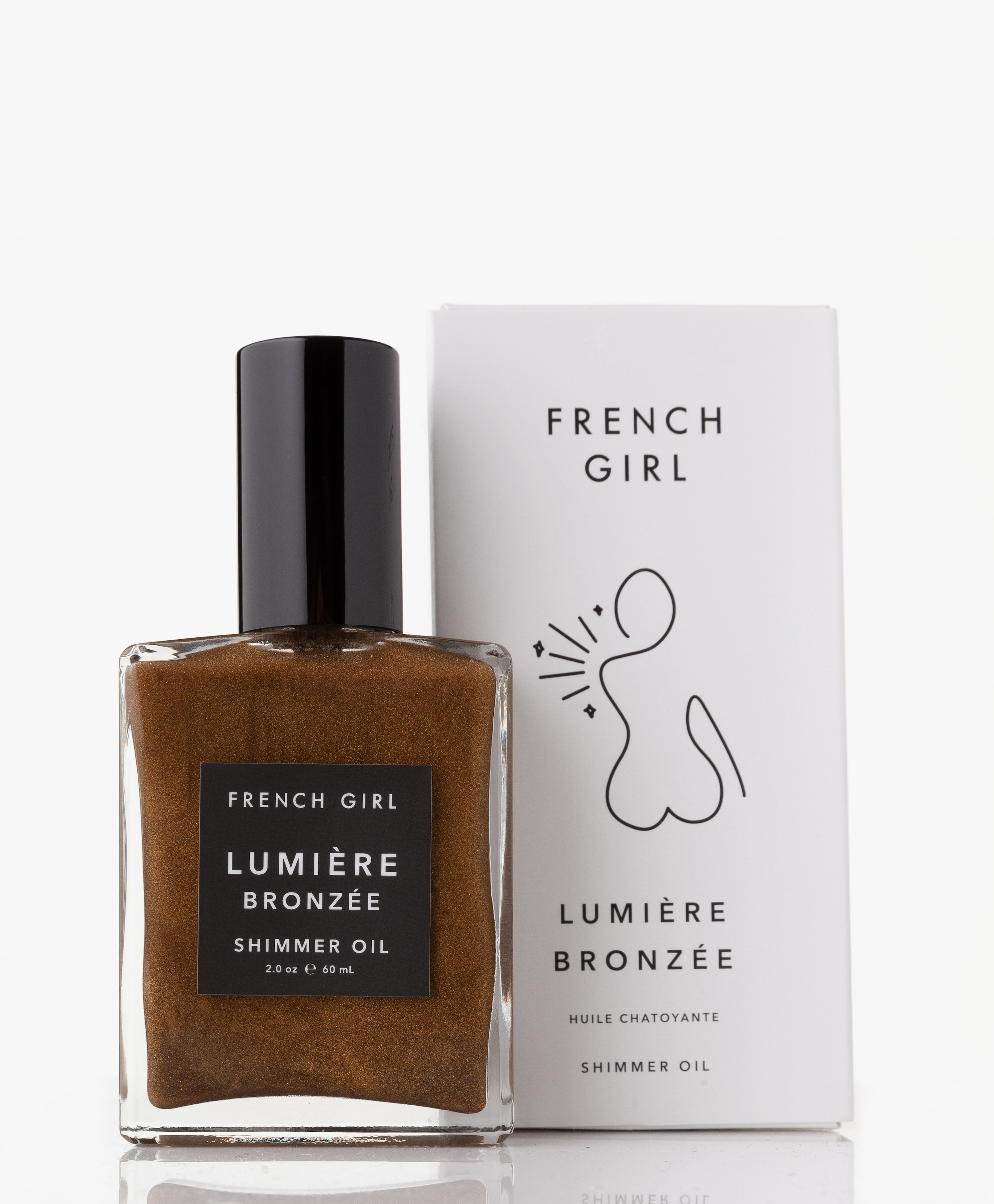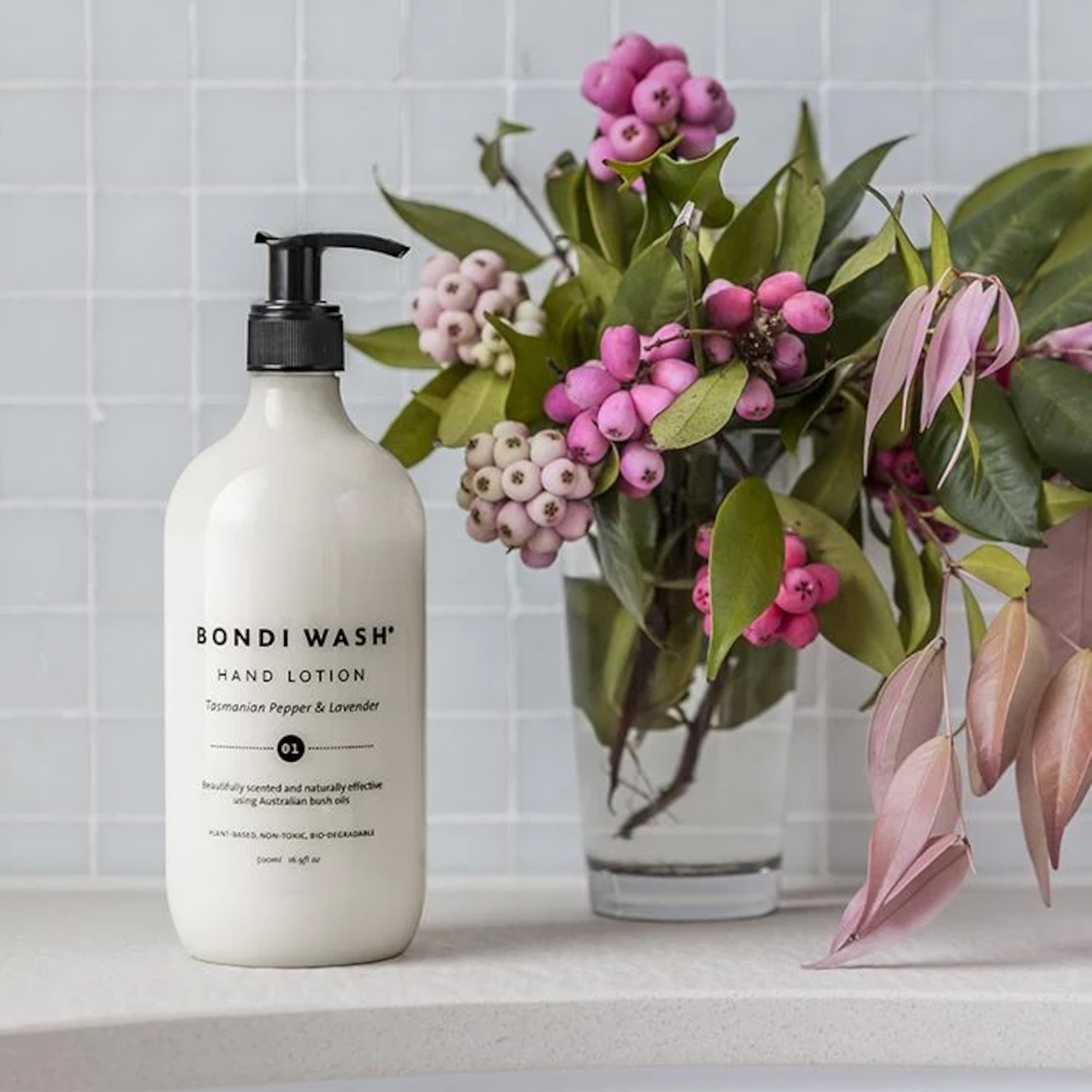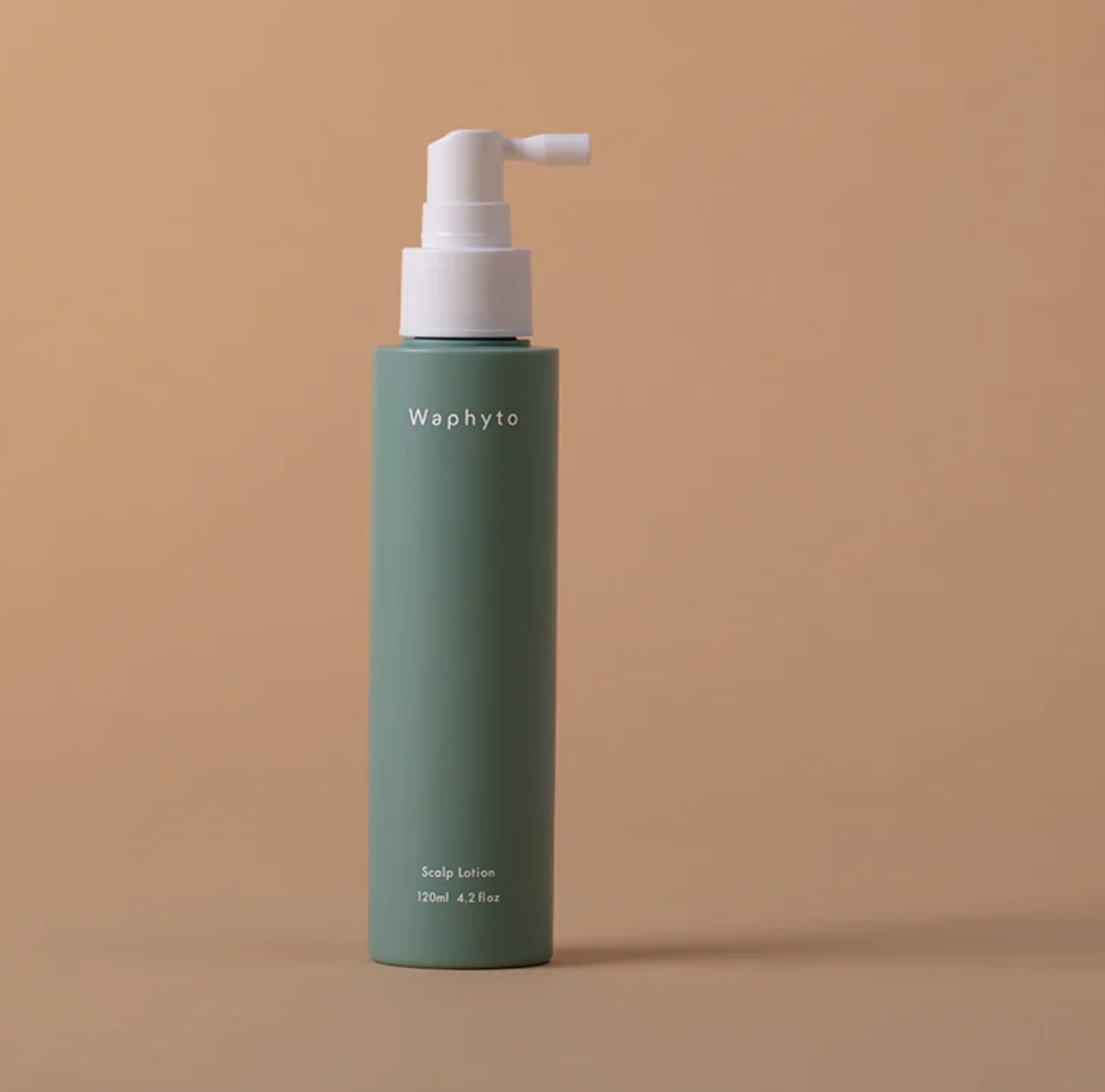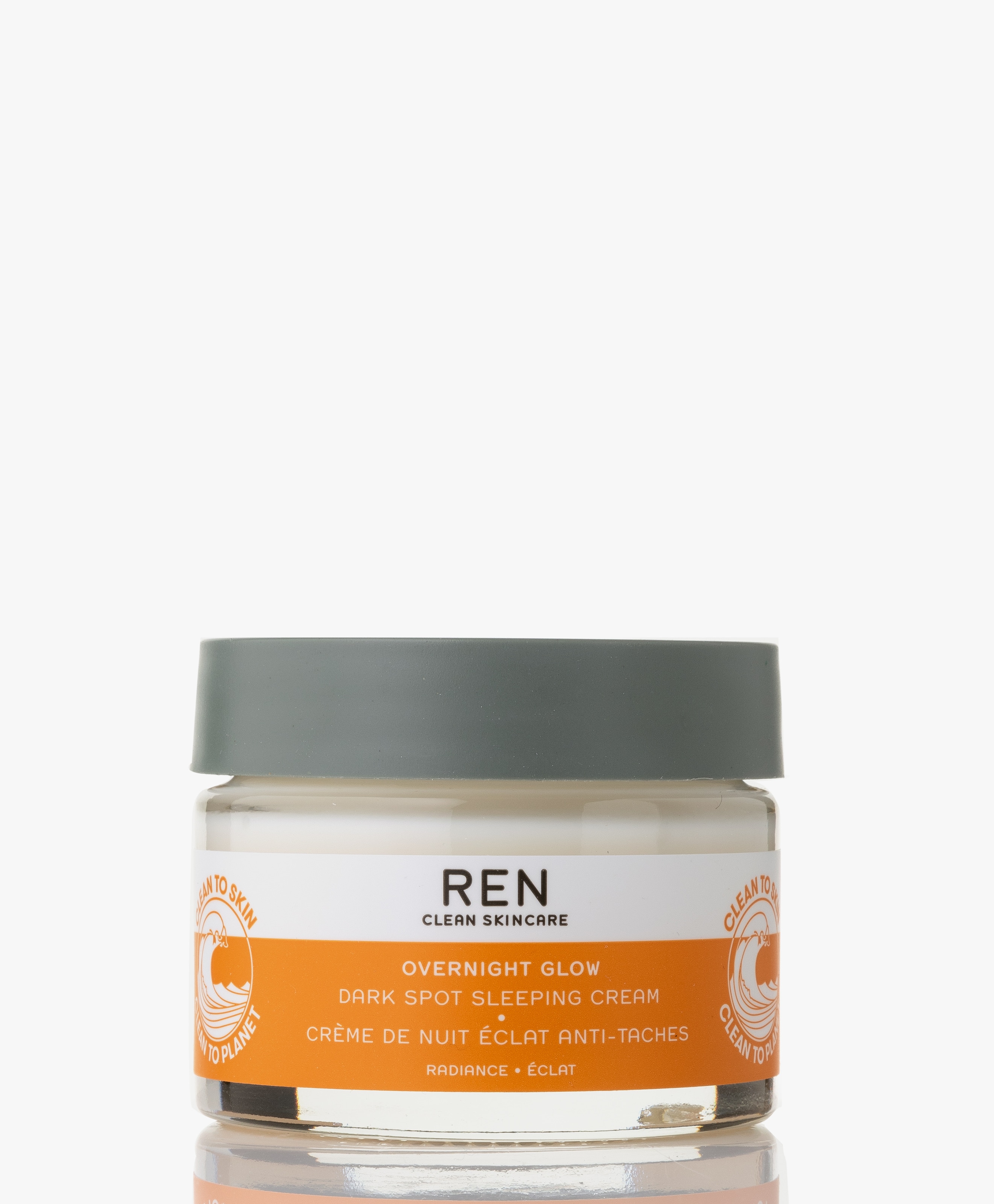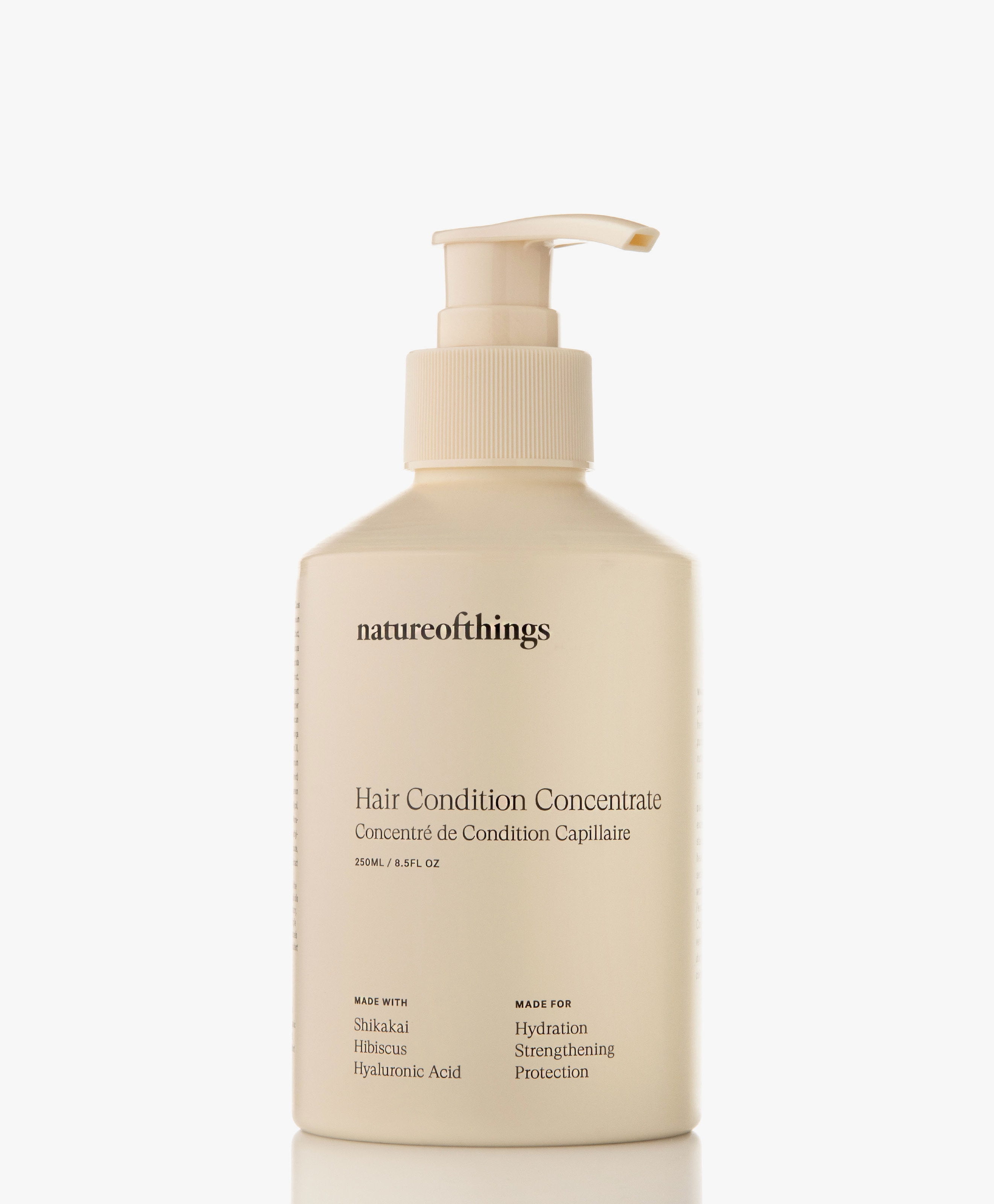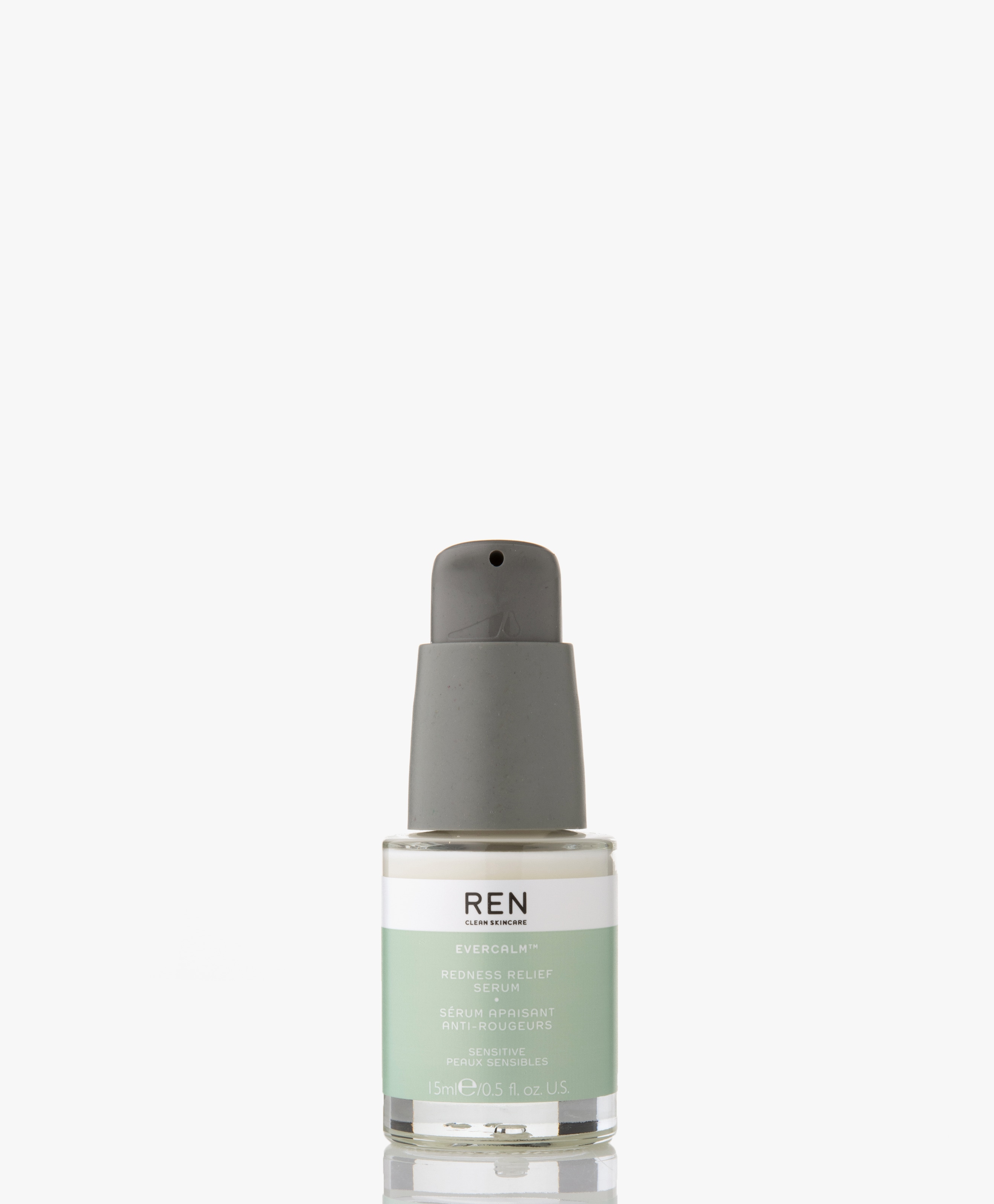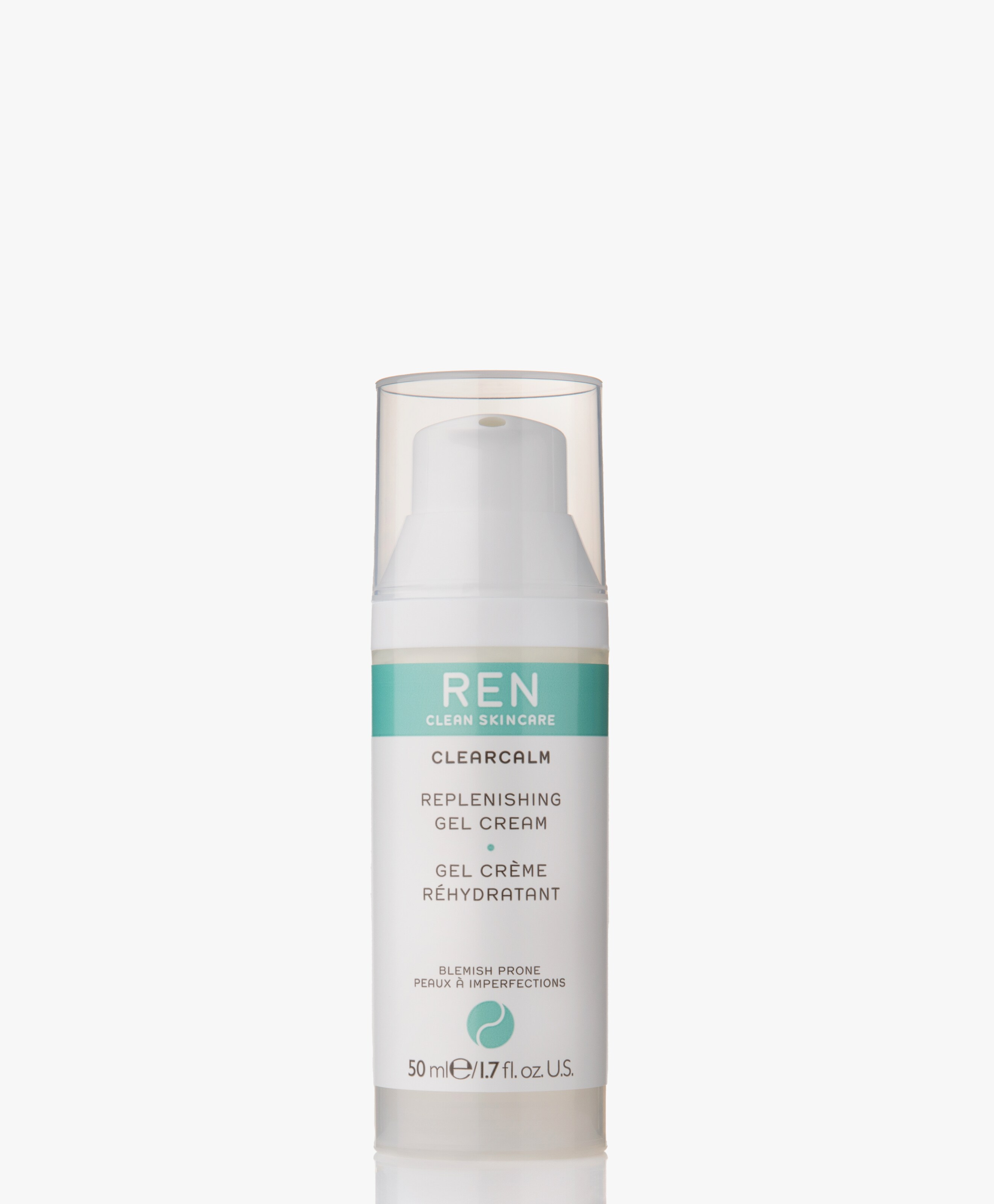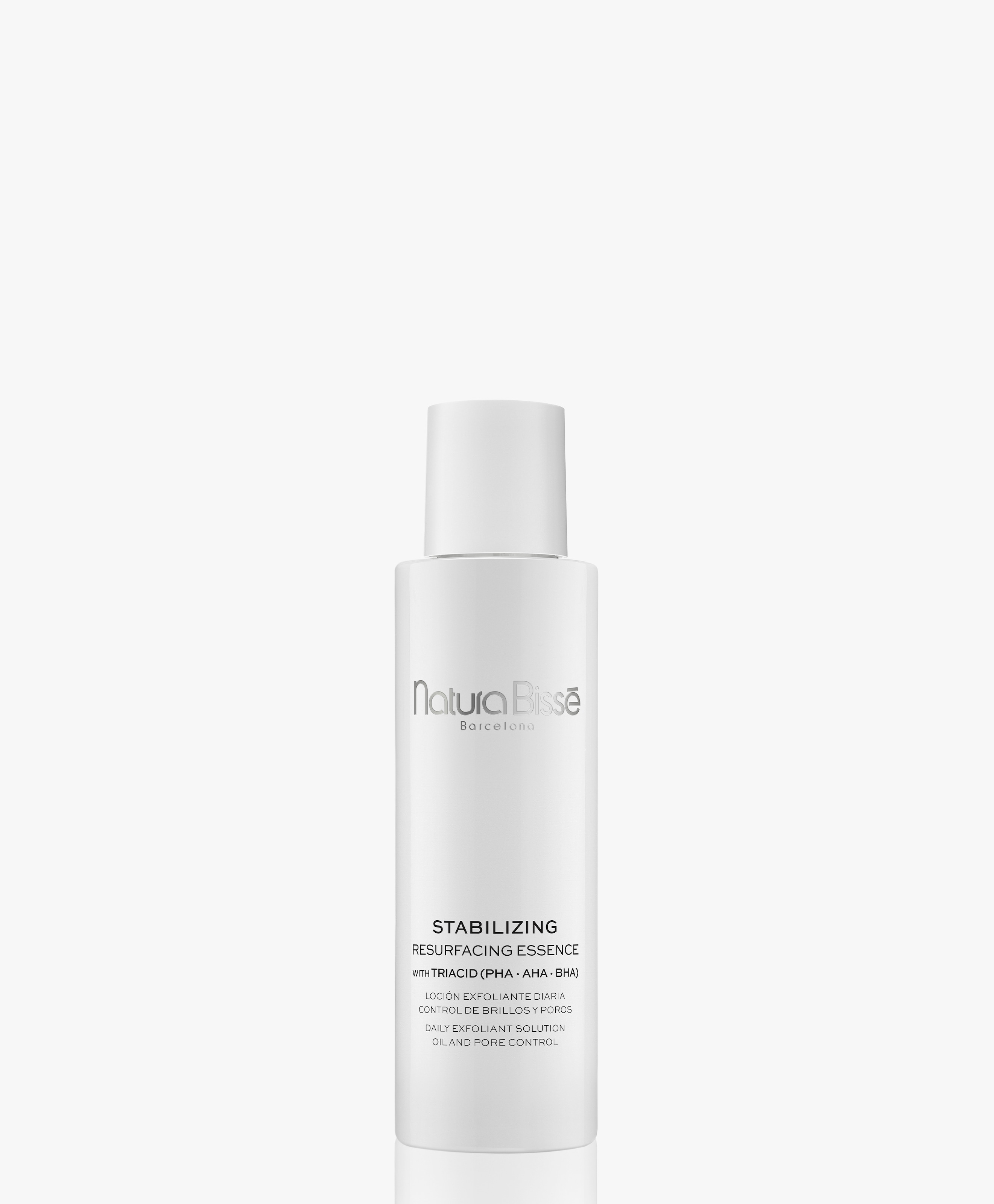PB BEAUTY
The beauty skincare evening routine for radiant skin
Our face is exposed to many harmful external influences daily, so it is important and logical to cleanse your skin in the evening, removing all the stress and giving it some extra care. We’ll guide you through the correct order of an evening skincare routine for a radiant, vital and younger-looking skin.
Fashion editor Roosmarijn
Personally, my skincare routine is a sacred moment, something I even look forward to. A pleasant me-time moment where I pamper myself and let the day melt away.
Shop
Facial Cleansers
Shop
Toners
With the right facial care, your nightly moment of rest can truly transform into a beauty sleep.
belangrijk:
Exfoliating removes dead skin cells, which makes your skin more sensitive after this step. It is therefore important to protect your skin extra well the next day from external factors such as UV rays. You can do this with a good sunscreen, for example.
Shop
Exfoliators
Shop
Treatments with active ingredients
TIP:
You can also combine steps 4 and 5 by choosing a serum with an active ingredient, such as retinol or niacinamide—two birds, one stone.
Shop
Serums
Shop
Eye cream
Regardless of your age, it’s important to take good care of your skin. After all, it’s your largest organ.
Shop
Facial oils
Shop
Night creams
Discover
All beauty products
We think you’ll love these blogs too..
Blog by:
Roosmarijn
Questions about beauty rituals or me-time? Roosmarijn is the expert you need! During her world travels, she uncovers new beauty secrets at every destination. With her deep passion for self-care, a background in styling, and her endless pursuit of becoming the best version of herself, she’s ready to provide you with personalized beauty and style advice.








